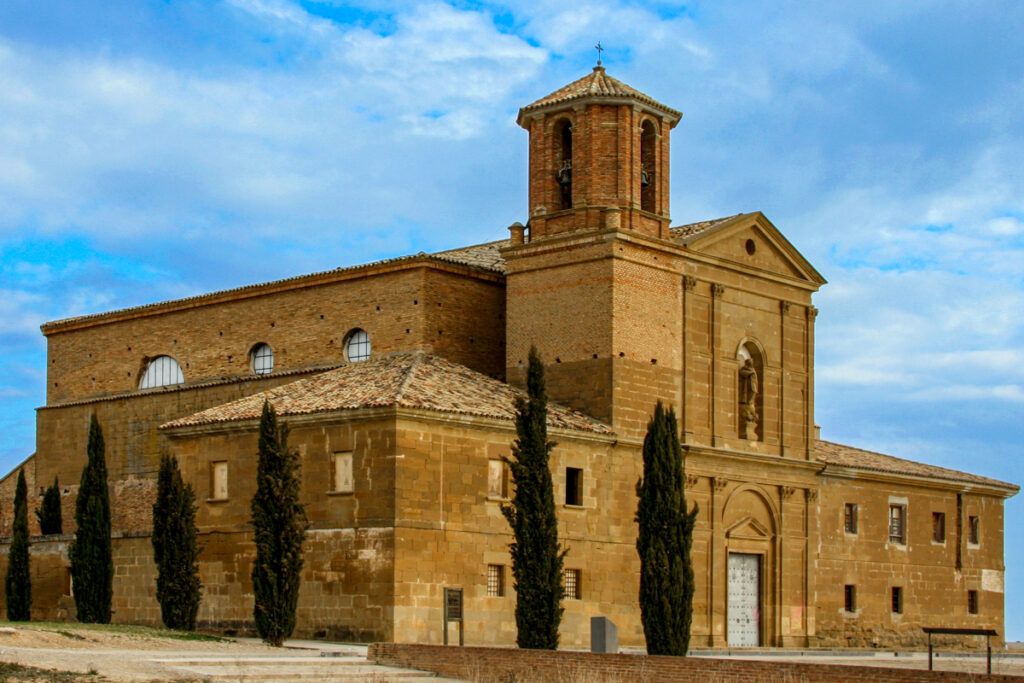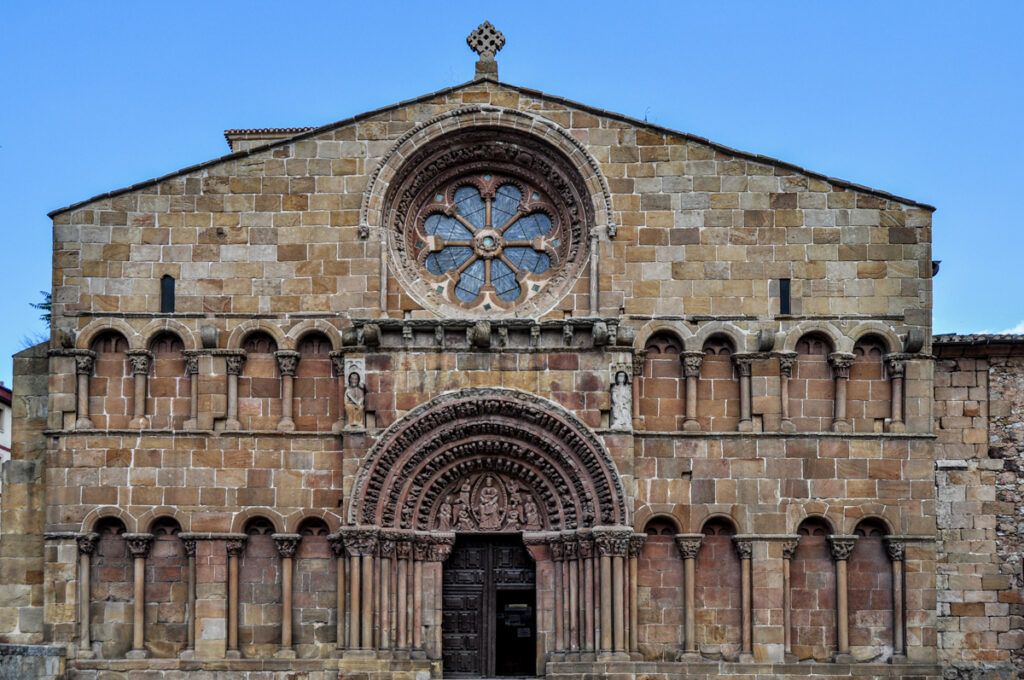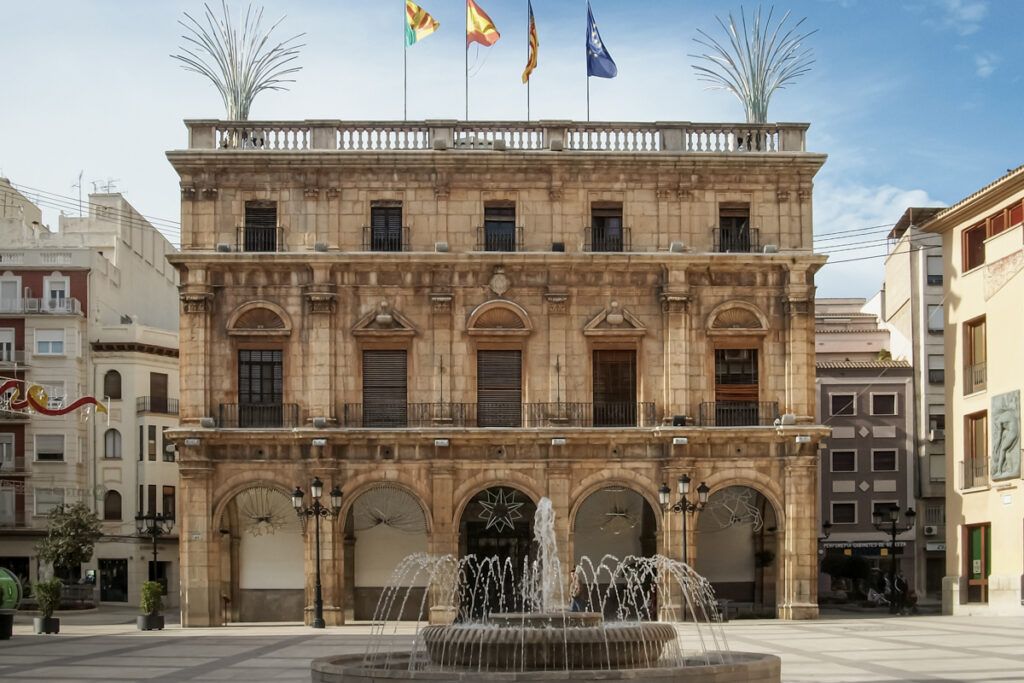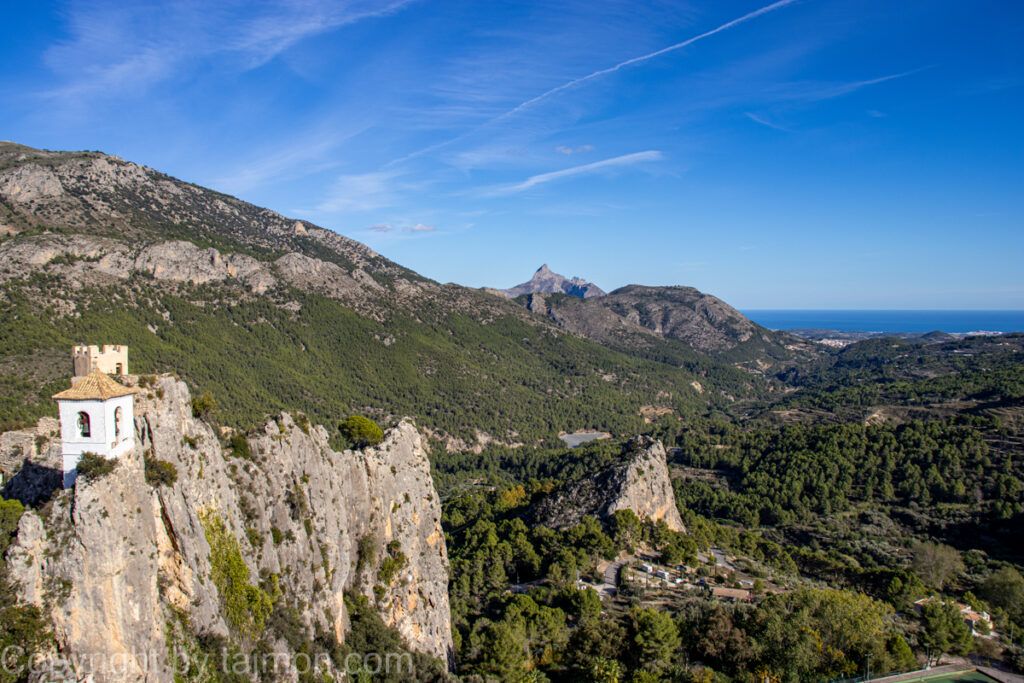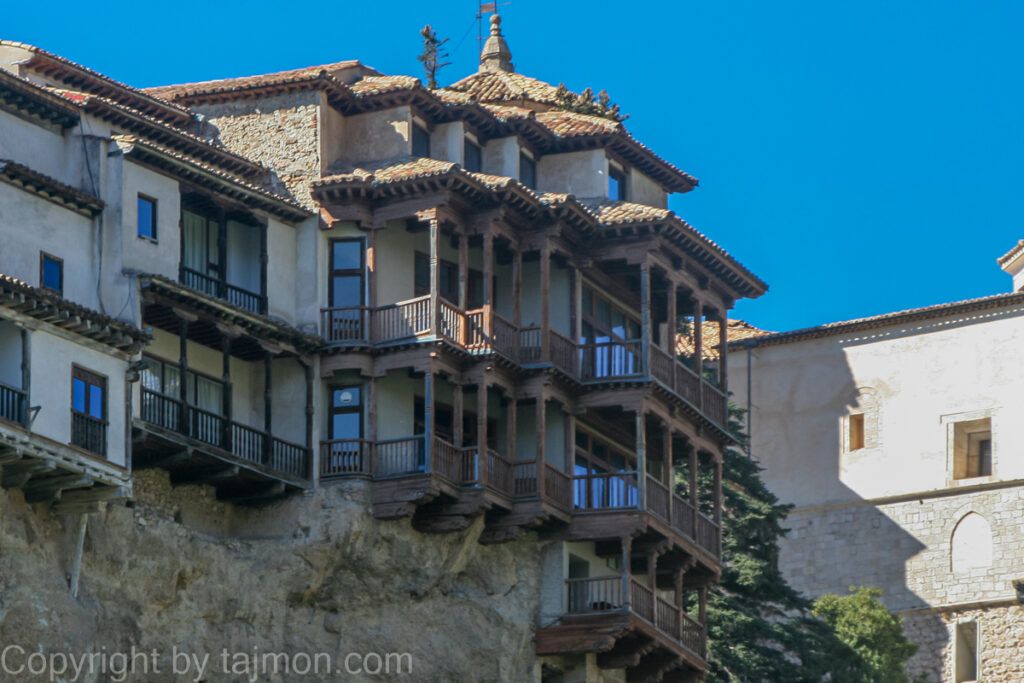History of Huesca
Huesca has a rich and diverse history that reflects the influence of various peoples and civilizations that have inhabited or conquered this area. Its beginnings date back to the Iron Age, when on the hill where the cathedral is now located, there was a settlement of Iberians named Bolskan. This is where the first known name of the city comes from, which has been preserved on coins from the 3rd and 2nd centuries BC.
In the 1st century BC, Huesca was conquered by the Romans, who changed its name to Osca. The city became an important political and cultural center in the province of Hispania Citerior. Here lived and died the famous leader and rebel, Quintus Sertorius, who founded a Latin school in Huesca for the Spanish aristocracy. The city gained the status of a municipium and imperial privileges, as well as the right to mint its own coin. From this period, the ruins of Roman baths and a theater have been preserved, as well as numerous traces in urban planning and toponymy.
In the 5th century AD, Huesca was occupied by the Visigoths, who introduced Christianity as the state religion. The city became the seat of a bishopric and the place of several church synods. At this time, the first churches and monasteries were built, such as San Pedro el Viejo, which is the oldest preserved monument in Huesca. Visigothic domination lasted until the 8th century, when the city was conquered by the Arabs.
Huesca, now known as Wasqa, became part of Al-Andalus, a Muslim state on the Iberian Peninsula. The city was one of the northernmost points of this territory, bordering Christian kingdoms. In the 9th century, Huesca built a new, powerful wall, which surrounded the entire city and was its main defense. At this time, Huesca was a commercial, scientific, and artistic center, where Arab, Jewish, and Mozarabic culture flourished.
In the 11th century, Huesca became the target of Christian crusades, which sought to recover lands lost to the Muslims. The city was besieged several times by various rulers, until it was finally conquered by King Peter I of Aragon in 1096. Huesca then became the capital of the newly formed Kingdom of Aragon, which later merged with Catalonia and formed the Crown of Aragon. The city had close ties with the royal family, who were born, ruled, and buried here. In Huesca, there are the tombs of two kings: Alfonso I the Battler in Montearagón Castle and Ramiro II the Monk in San Pedro el Viejo Monastery.
In the 12th and 13th centuries, Huesca experienced a period of economic, social, and cultural development, thanks to its strategic location on trade and pilgrimage routes. The city expanded beyond the walls, creating new districts and churches. In 1354, King Peter IV founded the first university in Aragon in Huesca, which attracted many students and teachers. At this time, Huesca was also the site of important political events, such as the union with Castile in 1285 or the anti-feudal uprising in 1591.
In the 16th century, Huesca was affected by the processes of Reformation and Counter-Reformation, which influenced its religious and cultural life. In 1526, the last Muslims were expelled from the city, and in 1492, the Jews were expelled. In 1564, an inquisition tribunal was established, which persecuted those suspected of heresy or witchcraft. In the same century, Huesca gained new buildings, such as the cathedral, the bishop’s palace, or the church of St. Lawrence.
In the 17th and 18th centuries, Huesca witnessed many conflicts and wars, which affected its economic and demographic situation. The city was involved in the War of Spanish Succession, the War of Independence of Catalonia. In 1707, Huesca lost its fueros, i.e., legal and tax privileges, in favor of the new laws of the Bourbons. In 1808, the city was occupied by Napoleonic troops, which provoked strong resistance from the population.
In the 19th century, Huesca experienced social and political changes associated with the process of liberalization and modernization of Spain. The city participated in the Carlist wars, the revolution of 1868, and the first republic. During this time, Huesca was developing urbanistically and culturally, building new squares, streets, parks, and public buildings. In 1845, Huesca obtained the title of a city, and in 1875 it was connected to the railway network.
In the 20th century, Huesca witnessed the most tragic and dramatic events in its history. In 1936, a civil war broke out, which divided the city into two camps: republican and nationalist. Huesca was one of the longest besieged cities in Spain, as the Republicans tried to conquer it for almost two years. The city suffered from bombings, hunger, diseases, and repression. After the war, Huesca was subjected to the policy of the Franco dictatorship, which limited its freedom and development.
In the second half of the 20th century, Huesca began to revive and regain its identity and dynamics. The city increased its population thanks to the influx of people from rural areas and other regions. It expanded its infrastructure and services, becoming the administrative, educational, and cultural center of the province. The city organized many events and initiatives, such as the Film Festival, Theater Festival, Jazz Festival, and Literature Festival.
In the 21st century, Huesca continues its path to the future, respecting its history and traditions. The city focuses on sustainable and innovative development, taking care of the environment and quality of life. The city also promotes its Aragonese and European identity, while maintaining its diversity and tolerance.
Return to the table of contents of the Tourist Guide to Huesca >>>>>>>>>>
